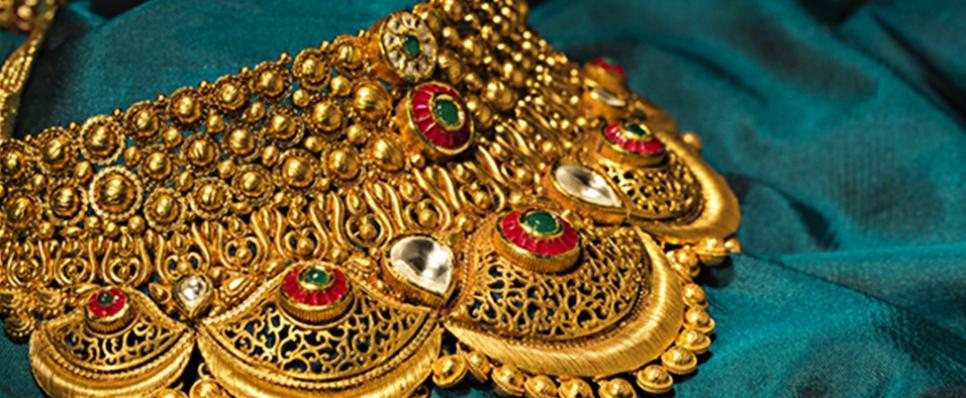Published: 04 Sep 2017
Understanding capital gains tax levied on gold in India

Capital gain is the profit realized when selling a capital asset. This capital gain amount attracts a tax depending on the duration for which the owner held the asset. Tax applies to the year in which the capital asset transfer is effected and in India, it is April 1 to March 31 of the following year.
Gold or gold jewellery is considered a capital asset and capital gains tax applies when selling it (as per the provisions of the Income Tax Act). Increases in the value of the gold due to price appreciation do not incur any tax, it is only when the owner sells the gold and makes a profit on the sale that capital gains tax applies.
Short term capital gains tax on gold
If gold is held for less than three years and then sold for a profit, an individual will make short-term capital gains. The gains shall be added to the total taxable income of the individual and applicable tax rates shall be payable. In case of a short-term capital loss, this amount can be offset against any other short-term capital gain.
Long term capital gains tax on gold
A concessional tax rate applies in case when gold is sold after a holding period of three years or more and a profit is made. The long-term capital gains tax is 20% with indexation benefit, which means that the cost of gold shall be calculated with the Cost Inflation Index (CII). This is an index that is released by the Government of India every year and takes into account inflation during the years. So, after you account for CII, the amount of tax would decrease accordingly. In fact, if inflation is very high, you may not end-up paying capital gains tax at all. When a capital loss is realized on gold sale after a period of three years it can be offset against long-term capital gains only.











